Home>Garden Essentials>What Does Crop Rotation Replenishment Of Soil
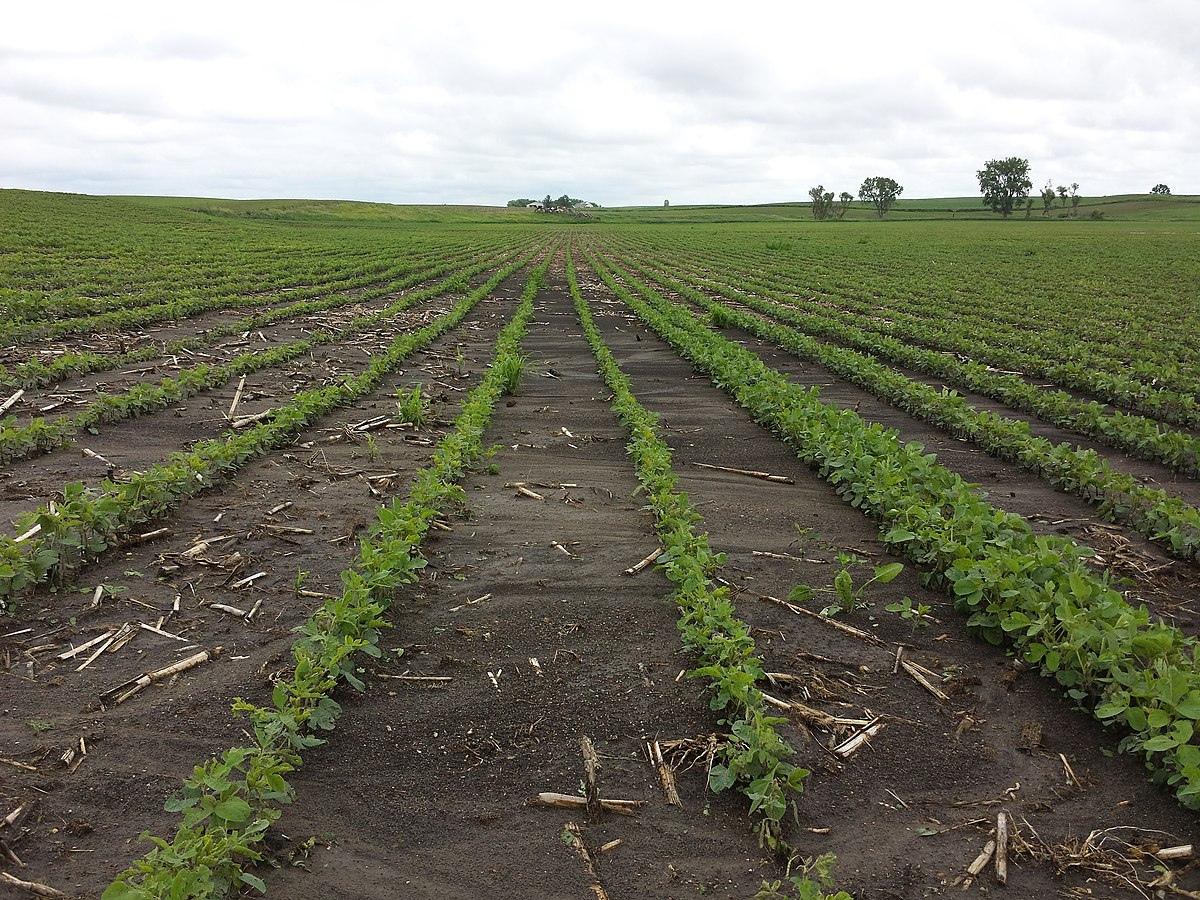

Garden Essentials
What Does Crop Rotation Replenishment Of Soil
Modified: March 16, 2024
Discover the benefits of crop rotation and how it can replenish your garden soil, improving nutrient availability and reducing pest and disease risks.
(Many of the links in this article redirect to a specific reviewed product. Your purchase of these products through affiliate links helps to generate commission for Storables.com, at no extra cost. Learn more)
Introduction
Gardening and agriculture have been an integral part of human civilization for centuries. However, as gardening practices have evolved, so too has our understanding of the importance of soil health in growing healthy, thriving crops. One practice that gardeners and farmers have adopted to replenish and maintain soil health is crop rotation.
Crop rotation is a method where different crops are planted in a specific sequence over a defined period of time. This practice aims to improve soil fertility, control pests and diseases, and optimize crop yields. By rotating crops, gardeners and farmers can prevent the depletion of nutrients in the soil, reduce the risk of pest and disease outbreaks, and promote overall soil health.
Understanding the benefits and methods of soil replenishment through crop rotation is essential for anyone looking to optimize their gardening or farming practices. In this article, we will explore the importance of soil replenishment in crop rotation and examine the various methods and strategies used in this practice.
So, are you ready to delve into the world of soil replenishment and crop rotation? Let’s get started!
Key Takeaways:
- Crop rotation replenishes soil, controls pests, and optimizes nutrient levels, promoting healthy and sustainable crop growth.
- By diversifying crops and incorporating cover crops, farmers can improve soil fertility, reduce reliance on chemicals, and enhance overall agricultural sustainability.
Read more: How Does Crop Rotation Prevent Soil Erosion
Importance of Soil Replenishment in Crop Rotation
Soil replenishment is a crucial aspect of crop rotation because it helps restore and maintain the fertility of the soil, ensuring long-term sustainable agricultural practices. Here are some key reasons why soil replenishment is important in crop rotation:
- Nutrient Optimization: Different crops have varying nutrient requirements. By rotating crops, we can ensure that different nutrients are utilized and restored in the soil. For example, leguminous crops like beans and peas are known for their ability to fix atmospheric nitrogen, enriching the soil with this essential nutrient. This nutrient optimization in crop rotation helps prevent nutrient imbalances and depletion in the soil.
- Pest and Disease Management: Continuous planting of the same crop in the same location can create an ideal environment for pests and diseases to thrive. By rotating crops, we interrupt the life cycles of pests and make it harder for them to establish themselves. This reduces the risk of pest infestations and the need for chemical pesticides, promoting natural pest control and reducing environmental damage.
- Weed Suppression: Certain crops, known as “smother crops,” have dense foliage that suppresses weed growth. By including these smother crops in the crop rotation cycle, we can effectively control weeds without relying solely on herbicides. This reduces competition for resources between crops and weeds, allowing the crops to thrive.
- Improved Soil Structure: Different crops have different root systems, some with deep taproots and others with shallow fibrous roots. By diversifying the plant species in crop rotation, we can improve the soil structure. Deep-rooted crops help break up compacted soil, improve water infiltration, and enhance the overall tilth of the soil. This, in turn, promotes better nutrient absorption and root development for subsequent crops.
- Water Conservation: Rotating crops also helps improve water conservation. Different crops have varying water requirements, and by alternating between high-water and low-water crops, we can reduce water usage and optimize water resources. This is particularly important in regions with limited water availability.
Overall, soil replenishment through crop rotation is vital for maintaining the health and productivity of agricultural systems. By optimizing nutrient levels, managing pests and diseases, suppressing weeds, and improving soil structure and water conservation, we can cultivate healthy crops, preserve the environment, and ensure sustainable food production for future generations.
Understanding Crop Rotation
Crop rotation is a systematic practice of growing different crops in a specific order on the same piece of land over a certain period of time. The key idea behind crop rotation is to avoid planting the same crop in the same area year after year, as this can deplete the soil’s nutrients, lead to increased pest and disease pressure, and hinder overall crop productivity. By rotating crops, gardeners and farmers can maintain soil health, enhance crop yields, and promote sustainable agricultural practices.
The rotation pattern of crops can vary depending on factors such as the specific types of crops being grown, climate conditions, soil type, and farming goals. There are several popular crop rotation systems that have been developed and practiced over time:
- Traditional Crop Rotation: This rotation system typically involves a sequence of three crops planted in a specific order. The first crop is often a nitrogen-fixing legume, such as soybeans or clover, which helps replenish nitrogen levels in the soil. The second crop is a nutrient-demanding crop, such as corn or tomatoes, which utilizes the enriched soil. The third crop is a soil-improving crop, such as a cover crop or fallow period, which allows the soil to rest and recover before the cycle restarts.
- Four-Crop Rotation: A more advanced rotation system involves four crops in a specific sequence. This system usually includes a root crop (e.g., potatoes or carrots), a leafy crop (e.g., lettuce or spinach), a fruiting crop (e.g., tomatoes or peppers), and a leguminous cover crop. This rotation allows for a diverse mix of crops to be grown, enhancing soil nutrient balance and minimizing disease and pest issues.
- No-Till Crop Rotation: In this system, the primary focus is on reducing soil disturbance and improving soil health. No-till farming involves minimal or zero plowing, which helps preserve soil structure and minimize erosion. Crop rotation is employed in combination with cover crops to further promote nutrient cycling, weed control, and soil replenishment.
- Intercropping and Polyculture: These practices involve growing multiple crops simultaneously in the same plot of land. Intercropping involves planting complementary crops that benefit one another, such as planting beans alongside corn to provide nitrogen fixation. Polyculture involves the deliberate mixture of different crops, promoting biodiversity and ecological balance.
Understanding the specific needs of each crop, their compatibility with one another, and the soil requirements is crucial in designing an effective crop rotation plan. By strategically planning the sequence of crops and incorporating various rotation methods, gardeners and farmers can maximize yields, minimize pests and diseases, and maintain soil fertility.
Next, we will explore the numerous benefits that crop rotation offers in more detail.
Benefits of Crop Rotation
Crop rotation offers a wide range of benefits that contribute to the overall health and productivity of the soil, plants, and agricultural systems. Let’s take a closer look at some of the key advantages and benefits of implementing crop rotation:
- Improved Soil Fertility: One of the primary benefits of crop rotation is the improvement of soil fertility. Different crops have varying nutrient requirements, and by rotating crops, we can optimize the utilization of soil nutrients. For example, leguminous crops, such as peas and beans, have the ability to fix atmospheric nitrogen, enriching the soil for subsequent crops. Crop rotation helps prevent nutrient imbalances and depletion in the soil, reducing the need for synthetic fertilizers.
- Natural Pest and Disease Control: Continuous planting of the same crop in the same area can create an ideal environment for pests and diseases to establish and thrive. By implementing crop rotation, we disrupt the life cycles of pests and diseases, reducing their incidence and severity. Different crops have varying susceptibility to pests and diseases, and rotating crops helps break the cycle of infestation. This reduces the reliance on chemical pesticides and promotes natural pest control methods, contributing to environmental sustainability.
- Effective Weed Management: Weeds compete with crops for nutrients, water, and sunlight, hampering their growth and reducing yields. Crop rotation can be an effective tool in weed management. Certain crops, referred to as “smother crops,” have dense foliage that suppresses weed growth. By including smother crops in the rotation cycle, we can effectively control weeds without relying solely on herbicides.
- Soil Structure and Erosion Control: Different crops have different root systems, with some crops having deep taproots and others having shallow fibrous roots. By diversifying the plant species in crop rotation, we can improve the soil structure. Deep-rooted crops help break up compacted soil, improve water infiltration, and enhance overall soil health. This, in turn, reduces soil erosion and increases the soil’s ability to retain water and nutrients.
- Biodiversity and Ecological Balance: Crop rotation promotes biodiversity in agricultural systems. Growing a variety of crops and incorporating cover crops in the rotation cycle creates a more diverse ecosystem, attracting beneficial insects, birds, and other wildlife. This enhances the ecological balance, improves pollination, and reduces the reliance on synthetic inputs.
- Sustainable Agriculture: By maintaining soil fertility, reducing the use of synthetic fertilizers and pesticides, managing pests and diseases naturally, and preserving soil structure, crop rotation contributes to sustainable agriculture. It helps minimize negative environmental impacts, preserves natural resources, and supports long-term food production and ecological resilience.
Overall, the benefits of crop rotation are extensive. It enhances soil fertility, reduces pest and disease pressure, improves weed control, protects against soil erosion, promotes biodiversity, and supports sustainable agricultural practices. Implementing crop rotation can lead to healthier crops, higher yields, and a more resilient farming system.
Various Methods of Soil Replenishment
There are several methods and strategies that gardeners and farmers can utilize to replenish the soil during crop rotation. These methods aim to improve soil fertility, enhance nutrient availability, and promote overall soil health. Let’s explore some of the common methods of soil replenishment:
- Legume Cover Crops: Leguminous cover crops, such as clover, vetch, or beans, are known for their ability to fix atmospheric nitrogen. When these crops are grown and incorporated into the soil, they add nitrogen to the soil, which is essential for plant growth. Legume cover crops also help improve soil structure, increase organic matter content, and enhance nutrient availability for subsequent crops.
- Biological Soil Amendments: Adding biological soil amendments, like compost and manure, can be an effective way to replenish the soil. Compost provides organic matter, improves soil structure, and enhances nutrient levels in the soil. Manure also adds organic matter and nutrients, but it should be properly composted or aged to prevent potential nutrient imbalances or contamination.
- Green Manure: Green manure refers to the practice of growing specific crops, such as rye, oats, or buckwheat, and then incorporating them into the soil before they reach maturity. These crops add organic matter, increase soil microbial activity, suppress weeds, and improve nutrient cycling. Green manure also helps prevent soil erosion and provides a natural source of nitrogen for subsequent crops.
- Intercropping and Polyculture: Intercropping and polyculture involve growing multiple crops together in the same area. This practice promotes diverse plant species, encourages beneficial interactions between plants, and reduces the risk of pest and disease outbreaks. Different crops have different nutrient requirements, and intercropping and polyculture help optimize nutrient utilization, reducing soil nutrient depletion.
- Crop Residues: Incorporating crop residues back into the soil after harvest helps replenish organic matter levels and recycle nutrients. It is important to properly manage crop residues to prevent pest and disease carryover. Crop residues can be left on the soil surface as mulch or incorporated into the soil through tillage or manure spreading.
- Mineral Amendments: Depending on the soil’s nutrient deficiencies, adding mineral amendments, such as lime, gypsum, or rock phosphate, can help replenish essential elements in the soil. These amendments improve soil pH, enhance nutrient availability, and promote healthy plant growth. It is crucial to conduct soil testing to determine the appropriate mineral amendments needed for specific crops.
These methods of soil replenishment are not limited to crop rotation alone; they can also be applied to general gardening and farming practices. The combination of these strategies, tailored to the specific needs of the soil and crops, helps maintain soil fertility, improve nutrient levels, and foster sustainable agricultural practices.
Tip: Rotate crops to replenish soil nutrients and prevent disease. Legumes like peas and beans fix nitrogen, while deep-rooted plants like carrots break up compacted soil.
Read more: How Does Crop Rotation Help Soil Fertility
Cover Crops in Crop Rotation
Cover crops play a crucial role in crop rotation by providing numerous benefits to the soil and subsequent crops. Also known as green manure, cover crops are deliberately planted to cover and protect the soil during periods when the main cash crops are not growing. These crops offer a range of advantages and contribute to the overall health and productivity of the agricultural system. Let’s explore the importance and benefits of cover crops in crop rotation:
- Soil Erosion Prevention: Cover crops act as living mulch, covering the soil surface and protecting it from erosion caused by wind, rain, and water runoff. By preventing soil erosion, cover crops help retain valuable topsoil, reducing nutrient loss and preserving the soil’s structure and fertility.
- Organic Matter and Nutrient Accumulation: Cover crops are excellent sources of organic matter, adding vital organic materials to the soil when they are incorporated or left as residue. As cover crops decompose, they enhance soil structure, increase water-holding capacity, and contribute to nutrient cycling. The organic matter gradually breaks down, releasing nutrients that become available to subsequent crops, thus replenishing the soil’s nutrient content.
- Nitrogen Fixation: Certain cover crops, such as legumes like clover or vetch, have the remarkable ability to fix atmospheric nitrogen through a symbiotic relationship with nitrogen-fixing bacteria in their root nodules. This process increases soil nitrogen levels, benefitting subsequent crops that have high nitrogen requirements. By harnessing the power of nitrogen fixation, cover crops reduce the need for synthetic nitrogen fertilizers and promote sustainable nutrient management.
- Weed Suppression: Cover crops compete with weeds for nutrients, water, and sunlight, outcompeting them and reducing weed populations. Their dense canopy shades the soil, inhibiting weed germination and growth. This natural weed suppression helps minimize the reliance on herbicides and reduces weed-associated crop yield losses.
- Moisture Conservation: The dense foliage of cover crops helps to retain moisture in the soil by reducing evaporation. This is particularly beneficial in hot and dry climates, as cover crops can effectively conserve water for the subsequent cash crops. The increased water-holding capacity contributes to improved soil moisture levels and reduces irrigation needs.
- Improved Soil Structure and Biology: Cover crops, with their extensive root systems, penetrate deep into the soil, creating channels that improve soil aeration and drainage. This leads to enhanced microbial activity and increases the diversity and abundance of beneficial soil organisms. The improved soil structure and biological activity contribute to better nutrient availability and overall soil health.
- Disease and Pest Management: Some cover crops have allelopathic properties, meaning they release natural compounds that inhibit the growth and development of certain pests, diseases, and weed species. This allelopathic effect can help suppress disease outbreaks and reduce pest pressures, creating a healthier environment for subsequent crops.
Integrating cover crops into crop rotation brings a multitude of benefits to the soil, ecosystem, and crop productivity. The specific selection of cover crops depends on the climatic conditions, soil type, and the subsequent cash crops’ nutritional needs. By incorporating cover crops strategically, farmers and gardeners can improve soil health, reduce environmental impact, and enhance the overall sustainability of agricultural systems.
Nutrient Cycling in Crop Rotation
Nutrient cycling is a fundamental process in crop rotation that ensures the efficient use and recycling of nutrients within the soil-plant system. It involves the movement and transformation of essential nutrients, such as nitrogen, phosphorus, and potassium, between the soil, cover crops, and cash crops. Understanding nutrient cycling is crucial for optimizing soil fertility, minimizing nutrient losses, and supporting sustainable agricultural practices. Let’s explore the importance and mechanisms of nutrient cycling in crop rotation:
1. Nutrient Uptake and Release: During the growth of cover crops and cash crops, they absorb and utilize nutrients from the soil. These nutrients are essential for various plant functions, including photosynthesis, growth, and reproduction. As the cover crops and cash crops undergo their life cycles and senescence, they release nutrients back into the soil through root exudates, leaf litter, and decomposition.
2. Organic Matter Breakdown: The decomposition of organic matter, such as cover crop residues and crop stubble, is a critical component of nutrient cycling. Microorganisms, fungi, and bacteria break down these organic materials into their basic components, releasing nutrients into the soil. This process helps replenish nutrient stocks and facilitates their availability for subsequent crops.
3. Nitrogen Fixation: Certain cover crops, particularly legumes, have the remarkable ability to form a symbiotic relationship with nitrogen-fixing bacteria. These bacteria reside in nodules on the plant’s roots and convert atmospheric nitrogen into a plant-usable form. Through this process of nitrogen fixation, cover crops enrich the soil with nitrogen, which is an essential nutrient for plant growth.
4. Nutrient Recycling: The incorporation of cover crop residues or crop residues into the soil after harvest ensures the recycling of nutrients. As these residues break down, the nutrients they contain are released back into the soil, becoming available for subsequent crops. This nutrient recycling minimizes the need for synthetic fertilizers and helps maintain soil fertility.
5. Crop Rotation and Nutrient Balance: Through the strategic sequencing of different crops in the rotation cycle, nutrient imbalances can be avoided. Different crops have distinct nutrient requirements, and by alternating crops with different nutrient demands, deficits and surpluses can be mitigated. This helps stabilize nutrient levels in the soil and ultimately promotes healthy crop growth.
6. Nutrient Conservation: Nutrient cycling aids in the efficient use and conservation of nutrients. By recycling and reusing nutrients present in the soil-plant system, nutrient losses are minimized. This reduces the environmental impact associated with excessive fertilizer applications and improves the overall sustainability of agricultural practices.
To effectively manage nutrient cycling in crop rotation, farmers and gardeners can adopt practices such as proper residue management, cover cropping, and using organic amendments. Additionally, regular soil testing can assess nutrient levels, helping to fine-tune nutrient management strategies and ensure optimal nutrient cycling.
Understanding the mechanisms of nutrient cycling and implementing strategies to enhance this process in crop rotation can lead to improved soil fertility, increased crop yields, and reduced environmental impact. By effectively cycling nutrients within the soil-plant system, we can develop more sustainable agricultural systems and ensure long-term productivity and soil health.
Disease and Pest Management in Crop Rotation
Disease and pest management are critical components of crop rotation, as they help protect crops from damaging infestations and outbreaks. By strategically rotating crops, farmers and gardeners can disrupt the life cycles of pests and diseases, reduce their populations, and minimize reliance on chemical treatments. Let’s explore the importance and methods of disease and pest management in crop rotation:
1. Disruption of Life Cycles: Crop rotation breaks the continuous planting of the same crop in the same area, which can create an ideal environment for pests and diseases to establish and thrive. By rotating crops, we interrupt the life cycles of these organisms. Pests and diseases that target specific plants will struggle to find suitable host crops, reducing their population and impact.
2. Weed Control: Weeds compete with crops for nutrients, water, and sunlight, impacting crop growth and development. Crop rotation can aid in weed control by interrupting weed life cycles. By rotating crops, weed seeds that are specific to certain crops will have a harder time establishing and spreading. Different crops may also have different weed suppression characteristics, further reducing weed pressures.
3. Host Plant Specificity: Many pests and diseases are host plant-specific, meaning they have a preference for particular crops. When the same crop is grown in the same location over multiple seasons, pest populations can build up, increasing the risk of infestations and disease outbreaks. By rotating crops, especially with non-host plants, farmers can reduce the buildup of pests and diseases in the soil, leading to improved overall crop health.
4. Nutrient and Soil Balance: Crop rotation can contribute to nutrient and soil balance, which indirectly affects disease and pest management. Nutrient imbalances can weaken plants, making them more susceptible to diseases and pests. Maintaining a balanced soil fertility through proper crop rotation practices ensures healthier, more resistant plants that are better equipped to withstand and recover from pest and disease pressures.
5. Natural Pest Control: Crop rotation can promote natural pest control methods by encouraging beneficial organisms to thrive. By providing a diverse environment with different crops and cover crops, beneficial insects, birds, and microorganisms that feed on pests or compete with them for resources can be attracted. This creates a more balanced ecosystem and reduces the need for chemical pesticides.
6. Disease Resistance Management: Some diseases can persist in the soil for several years, awaiting susceptible host plants. By incorporating resistant or less susceptible crops in crop rotation, farmers can manage diseases more effectively. Rotating crops with different disease resistance characteristics helps prevent the buildup of pathogens and reduces the risk of severe disease outbreaks.
7. Crop Sanitation: After harvest, removing crop residues and cleaning fields can help eliminate disease and pest carryover into subsequent crops. Proper sanitation practices, such as removing infected plant material or disposing of it properly, reduce the potential for disease and pest reintroduction and spread.
Integrating disease and pest management practices into crop rotation not only helps protect crops but also promotes more sustainable and environmentally-friendly agricultural systems. By minimizing the use of chemical treatments, reducing pest and disease pressures, and promoting natural control methods, farmers and gardeners can enhance crop health and productivity, while preserving the long-term viability of the ecosystem.
Challenges and Limitations of Crop Rotation
While crop rotation offers numerous benefits for soil health and sustainable agriculture, it also presents certain challenges and limitations that farmers and gardeners should be aware of. Understanding these challenges can help practitioners navigate potential obstacles and optimize their crop rotation strategies. Let’s explore some of the common challenges and limitations of crop rotation:
- Field Size and Layout: The size and layout of fields can impact the feasibility and effectiveness of crop rotation. Small or irregularly shaped fields may limit the ability to implement large-scale rotations. Additionally, the presence of physical barriers, such as roads or structures, can restrict the movement and rotation of crops.
- Market Demands and Crop Selection: The demands of the market and the specific needs of consumers may limit the types of crops that farmers can choose to include in their rotation. In some cases, farmers may have to prioritize certain cash crops over others, which can impact the diversity and flexibility of their rotation plans.
- Climate and Growing Conditions: Climate plays a crucial role in crop suitability and determines the success of specific crops in a given area. Some crops may be challenging to grow due to temperature extremes, humidity, or insufficient rainfall. These considerations need to be factored into the crop rotation plan to optimize the selection of suitable crops for each season.
- Resource and Time Constraints: Successful crop rotation requires careful planning, execution, and management. It may require additional resources, such as labor, equipment, and knowledge. Farmers with limited resources or time constraints may find it challenging to implement and maintain effective crop rotation practices.
- Pest and Disease Adaptation: Pests and diseases can adapt to crop rotation practices over time. Some pest populations may become resistant to control methods, or diseases may persist despite rotation efforts. Continued monitoring and adaptation to changing pest and disease dynamics are necessary to manage these challenges effectively.
- Financial Considerations: Crop rotation can have financial implications, especially in terms of yield fluctuations and market prices. Some crops may have higher input costs or lower market values compared to others. Additionally, the income generated from the rotation may be spread over a longer time period, requiring careful financial planning and management.
- Transition Period: When implementing crop rotation on fields previously used for monoculture, there may be a transition period where soil health and fertility need to be rebuilt. The initial years of crop rotation may not yield the same productivity as monoculture, requiring patience and gradual improvement in soil conditions.
Despite these challenges, crop rotation remains a valuable and widely practiced agricultural technique. By understanding and addressing these limitations, farmers and gardeners can devise strategies to overcome obstacles and maximize the benefits of crop rotation. Adapting crop rotation plans to specific field conditions, market demands, and available resources can help optimize the success and sustainability of this practice.
Read more: How Does Crop Rotation Help Preserve Soil?
Conclusion
Crop rotation is a powerful and effective practice in maintaining soil health, promoting sustainable agriculture, and maximizing crop productivity. By diversifying the types of crops grown on the same piece of land, farmers and gardeners can reap numerous benefits while mitigating challenges. From soil replenishment to disease and pest management, crop rotation offers a holistic approach to optimize agricultural systems.
Through the careful planning and implementation of crop rotation, soil fertility is improved through nutrient optimization, cover cropping, and organic matter incorporation. Nutrient cycling ensures the efficient use and recycling of essential elements, reducing reliance on synthetic fertilizers and preserving environmental quality. The inclusion of cover crops adds organic matter, enhances soil structure, and provides natural pest suppression.
Crop rotation also plays a pivotal role in disease and pest management by disrupting life cycles, reducing pest and disease pressures, and promoting natural control methods. By incorporating resistant crops and diversifying planting sequences, farmers can build resilience against diseases and pests, while minimizing the need for chemical interventions.
Despite the challenges and limitations posed by field size, market demands, climate, resources, and adaptation, crop rotation remains an essential tool in sustainable farming practices. With proper planning, monitoring, and adaptation, practitioners can effectively navigate these obstacles and optimize their crop rotation strategies to suit their unique circumstances.
By embracing the principles of crop rotation, farmers and gardeners contribute to the long-term health and sustainability of soil, protect against nutrient depletion and erosion, enhance biodiversity, reduce the reliance on synthetic inputs, and maintain the profitability of agricultural operations.
In conclusion, crop rotation is a powerful technique that harnesses the natural processes of soil replenishment, nutrient cycling, and disease and pest management. Embracing crop rotation not only ensures a thriving and productive agricultural system but also provides environmental benefits for a more sustainable future.
Frequently Asked Questions about What Does Crop Rotation Replenishment Of Soil
Was this page helpful?
At Storables.com, we guarantee accurate and reliable information. Our content, validated by Expert Board Contributors, is crafted following stringent Editorial Policies. We're committed to providing you with well-researched, expert-backed insights for all your informational needs.
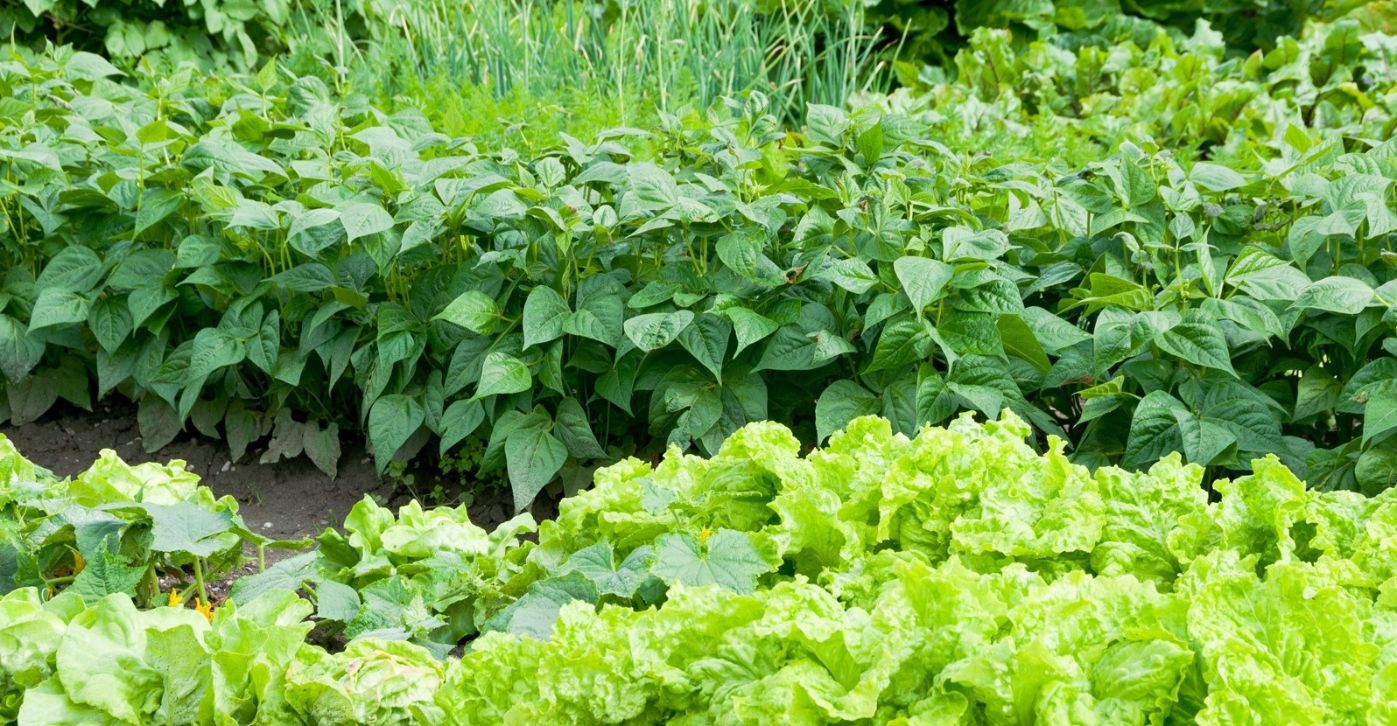

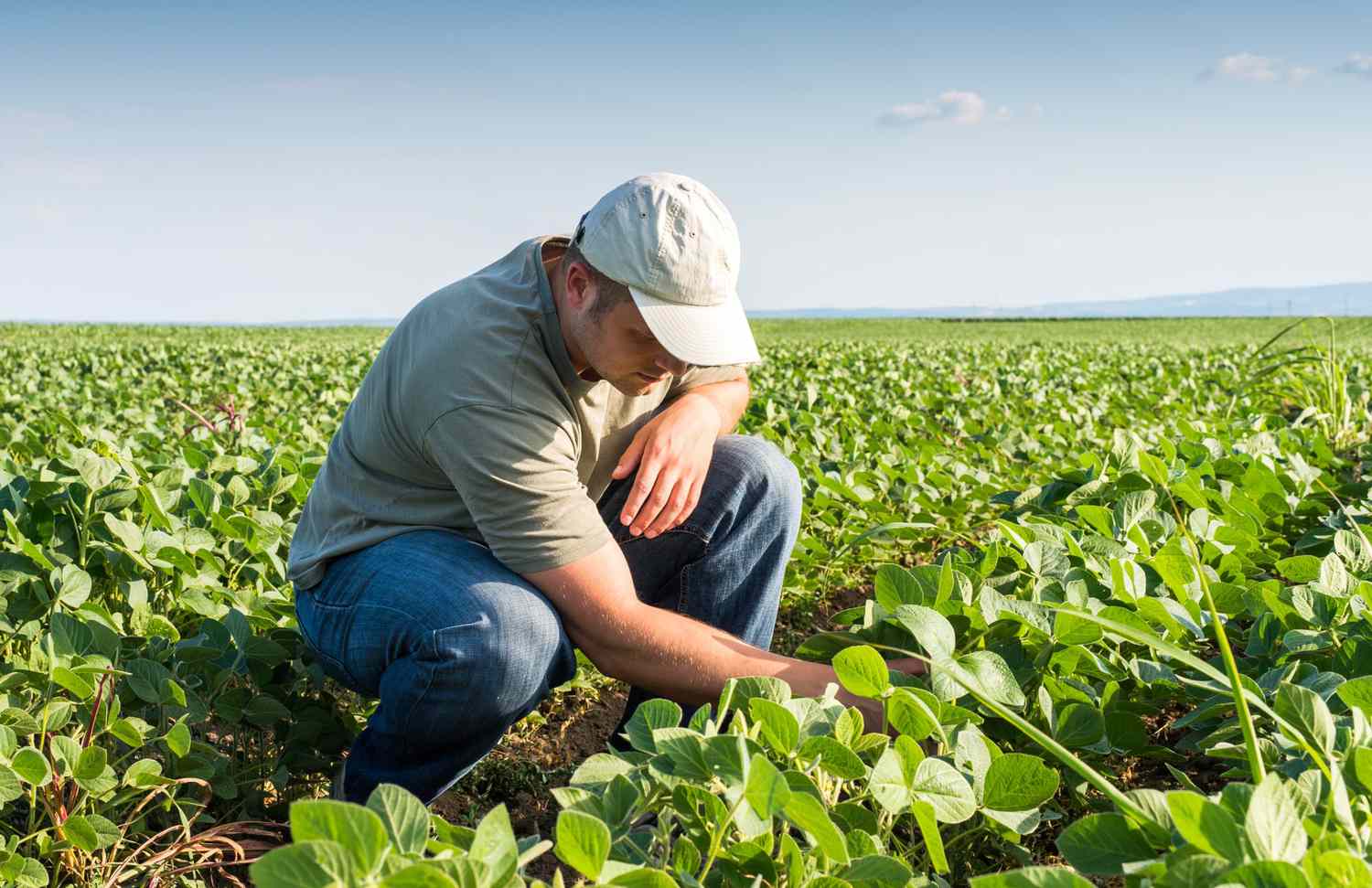
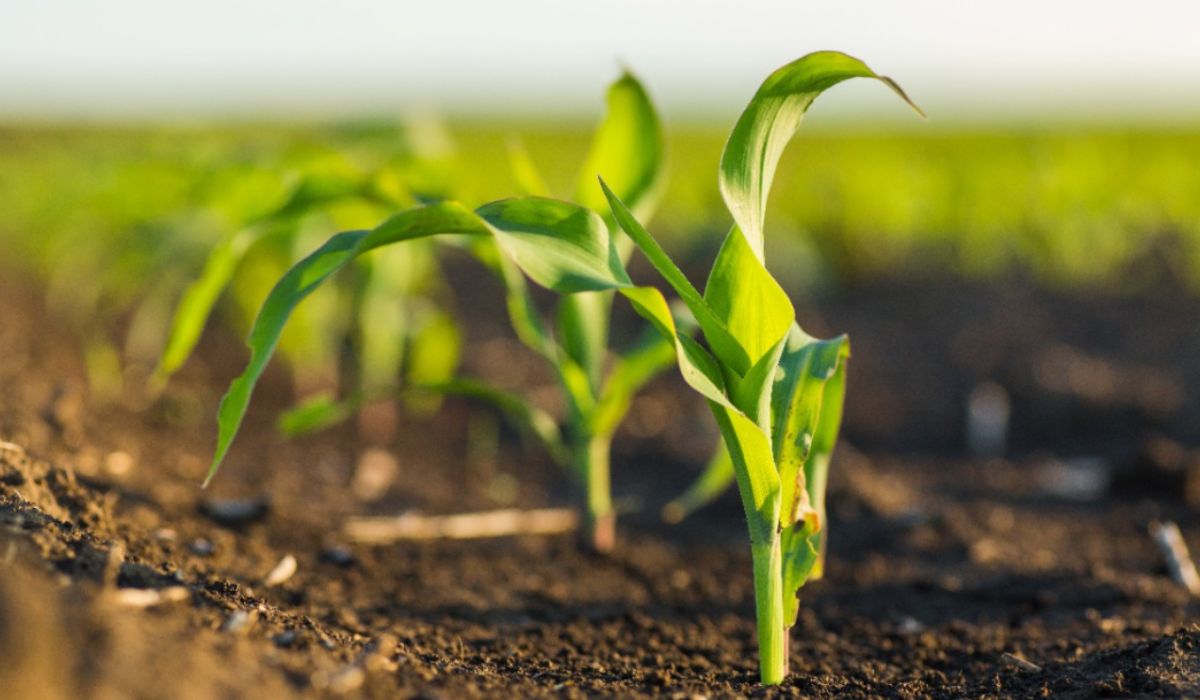





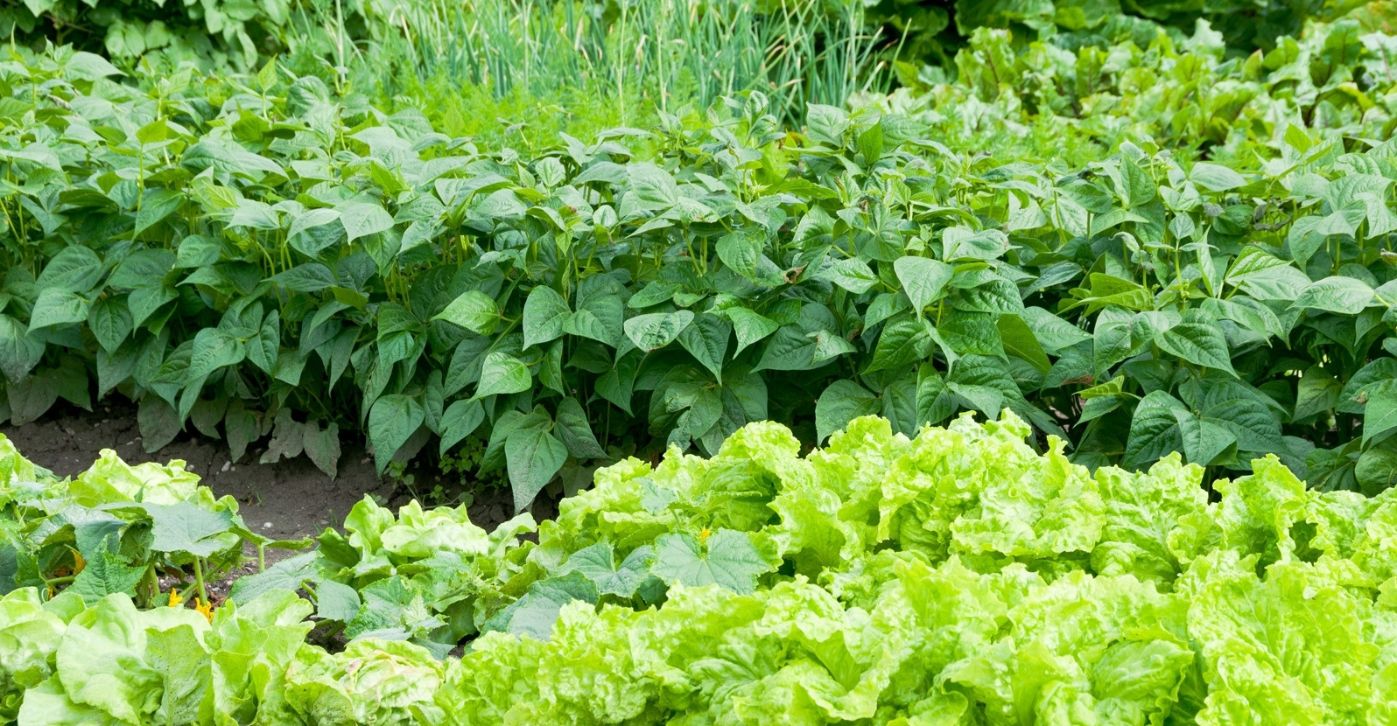
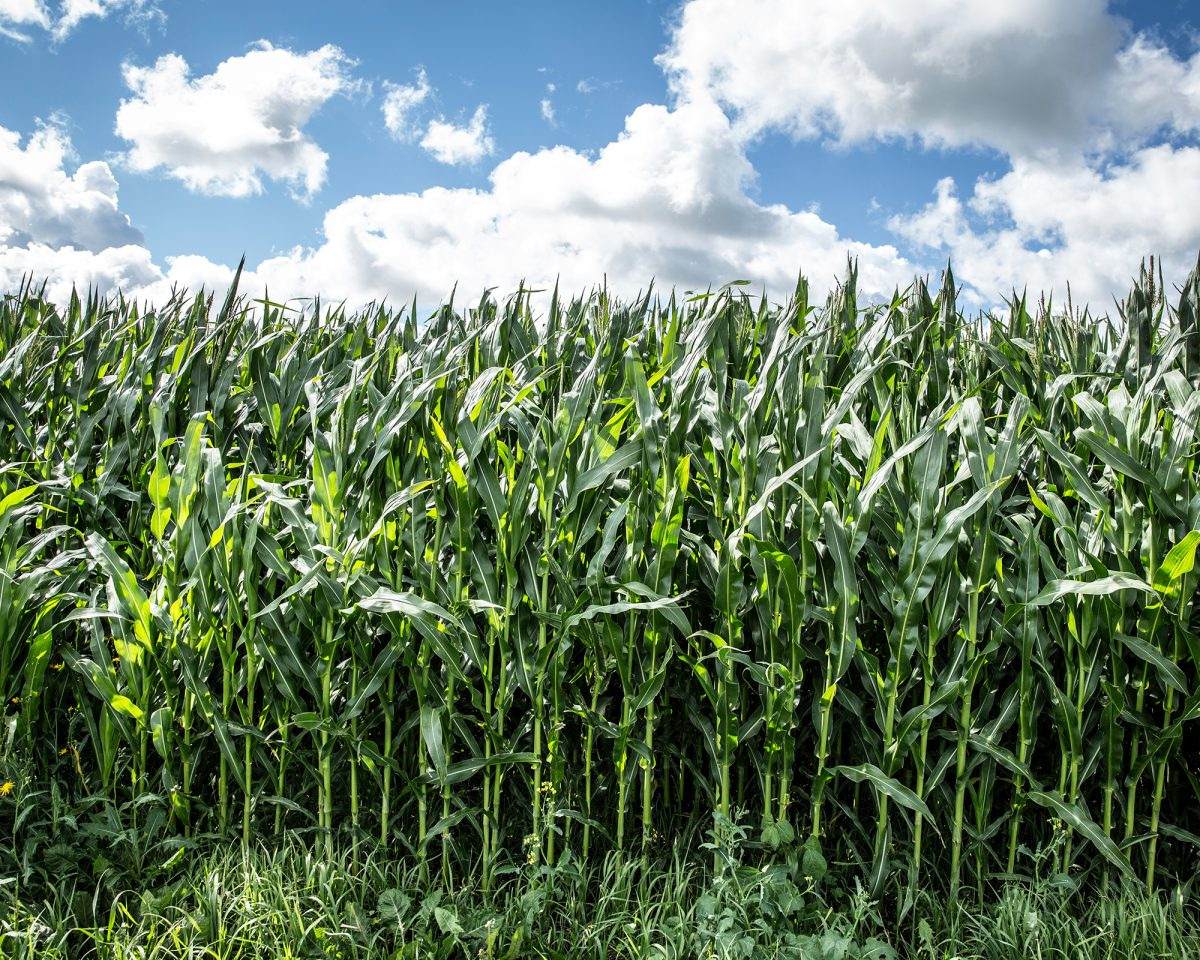
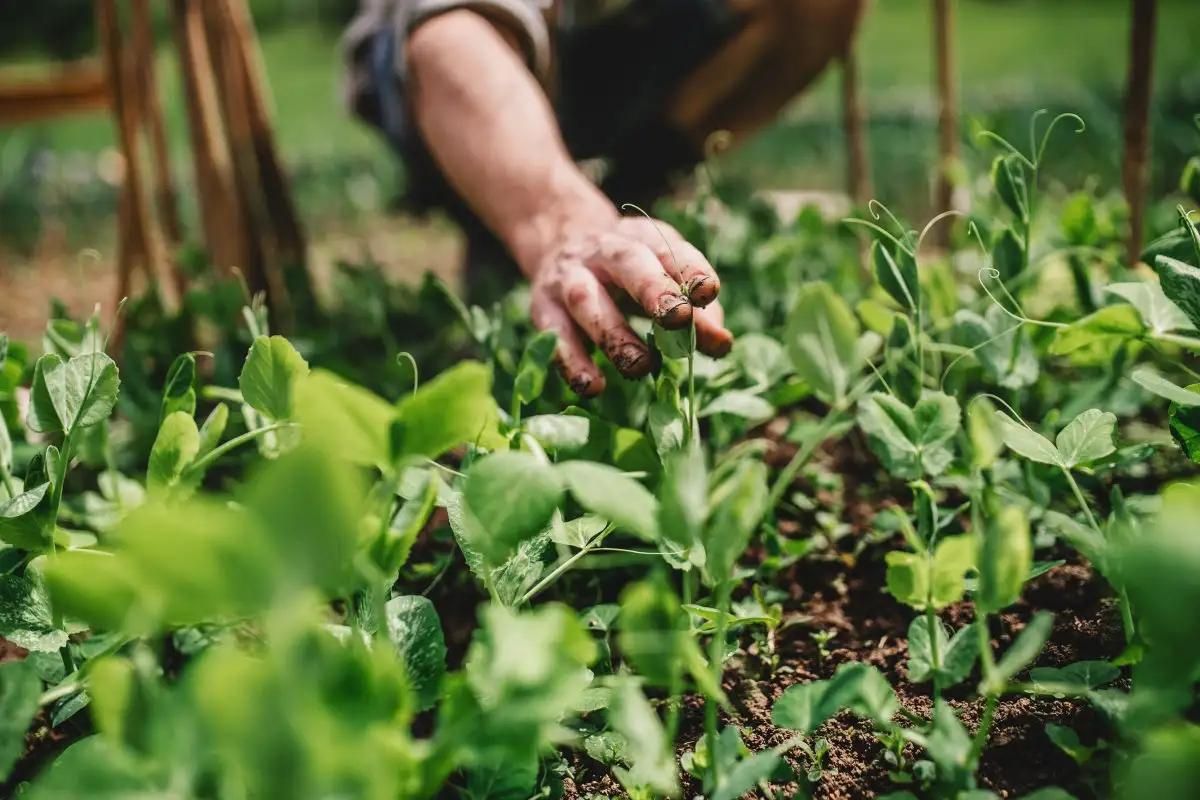
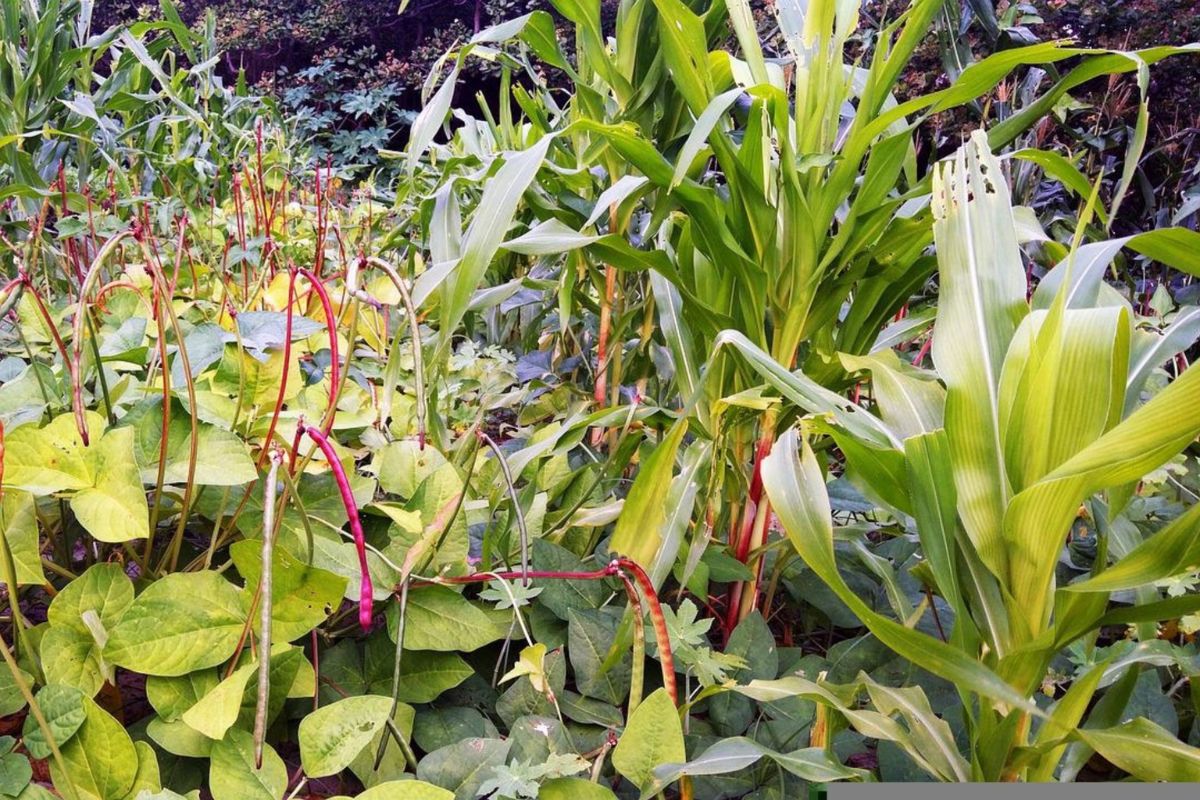

0 thoughts on “What Does Crop Rotation Replenishment Of Soil”